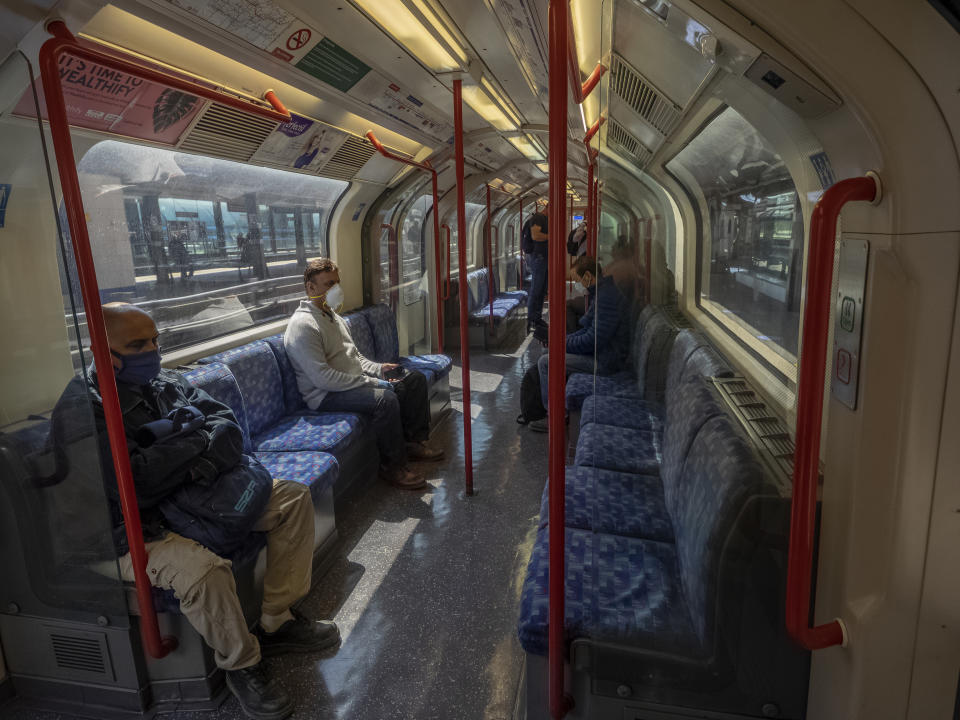Coronavirus: How to stay safe on your commute

After more than two months of lockdown, people who are unable to work from home have been told they can return to their jobs as part of the government’s partial easing of coronavirus restrictions.
Before coronavirus arrived in the UK, taking the train or bus to work was something many people did without a second thought. Now, the government has advised people returning to work to avoid public transport and to walk, cycle or drive instead.
Research published in BMC Infectious Diseases found that those using public transport during flu outbreaks were up to six times more likely to pick up an acute respiratory infection. Those travelling in large cities may be at higher risk, as well as commuters who have long journeys or use busy interchange stations. This is because they come into contact with more shared surfaces and people.
Walking, cycling or driving isn’t going to be possible for everyone, however. So what can we do to reduce the risk of catching or spreading COVID-19 when commuting?
Take safety precautions
The virus that causes COVID-19 is spread primarily through droplets when an infected person coughs, sneezes or speaks. You can also become infected by touching a contaminated surface and then touching your eyes, nose or mouth before washing your hands.
It’s important not to touch your face, although this can be tricky. Bring hand sanitiser along for the journey and use it every time you touch something like a seat or handrail. Wash your hands for 20 seconds when you reach your destination.
READ MORE: How to look after your mental wellbeing if you travel for work
Governments in England, Scotland and Northern Ireland have also recommended people wear face coverings or masks on public transport, which may help reduce the risk of transmission in some cases. In Wales, the government has said people can choose to wear them, but has also said the evidence is “not strong enough” to make them mandatory.
Change your commuting time
If you can, travelling at off-peak times and taking a less busy route can help reduce your chances of coming into contact with as many people. It can also help to reduce the number of changes you have to make on your journey.
Stay a safe distance from others
Commuters should stick to social distancing guidelines and stay two metres (more than six feet) away from other people outside your household. Wait for other people to get off the train or bus before boarding and if you can, avoid physical contact and face away from other people. If they sneeze or cough, the droplets may be less likely to land on you.
Walk or cycle if you can
It’s not always possible, particularly if you have health issues or if you live far from your workplace, but cycling and walking reduces the risk of catching COVID-19. It’s also good for you in the long-run.
Make your case for working at home
Of course, working from home isn’t possible for many people, such as nurses, doctors, supermarket staff and lots of others. If you can do your job from home but your employer wants you back in the office, it might be worth asking if they will allow you some flexibility. All employees have the legal right to request flexible working – and the risks of commuting are likely to increase if you live far away from your workplace.
READ MORE: How to make your commute go further
First, it can help to make a plan about how you can work from home before approaching your employer. Depending on your work, you might want to outline what you can get done and highlight that you are able to get things done even when you are out of the office. You can suggest using certain apps or software so your manager can see what you are working on, such as Trello. It’s important to suggest ways in which you can keep in touch remotely.

 Yahoo Finance
Yahoo Finance 
